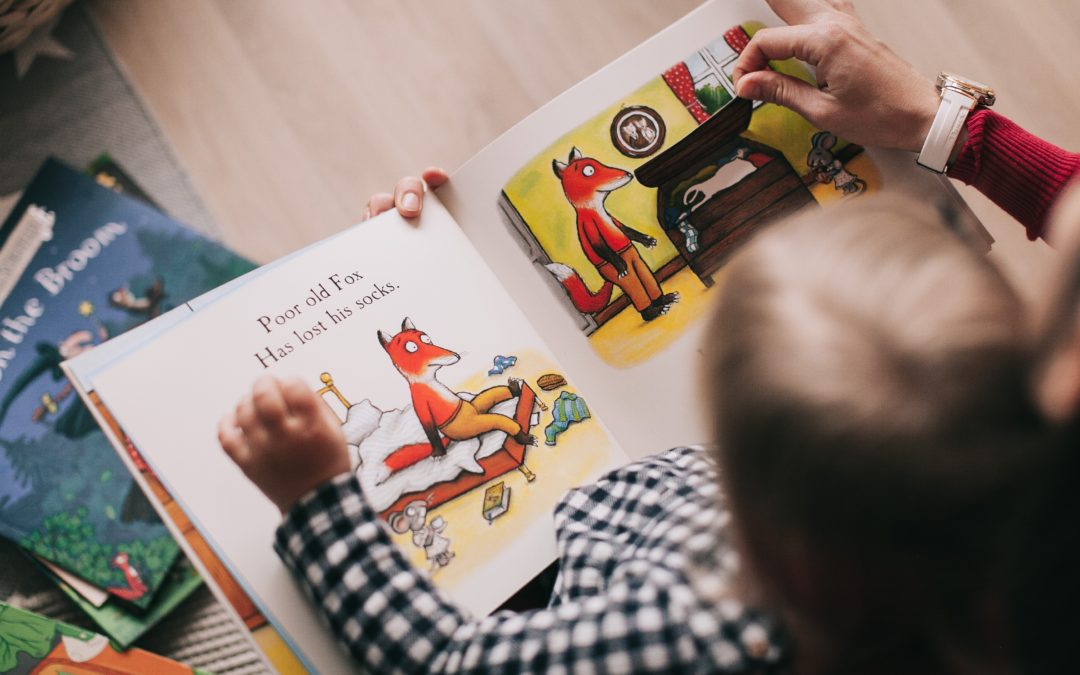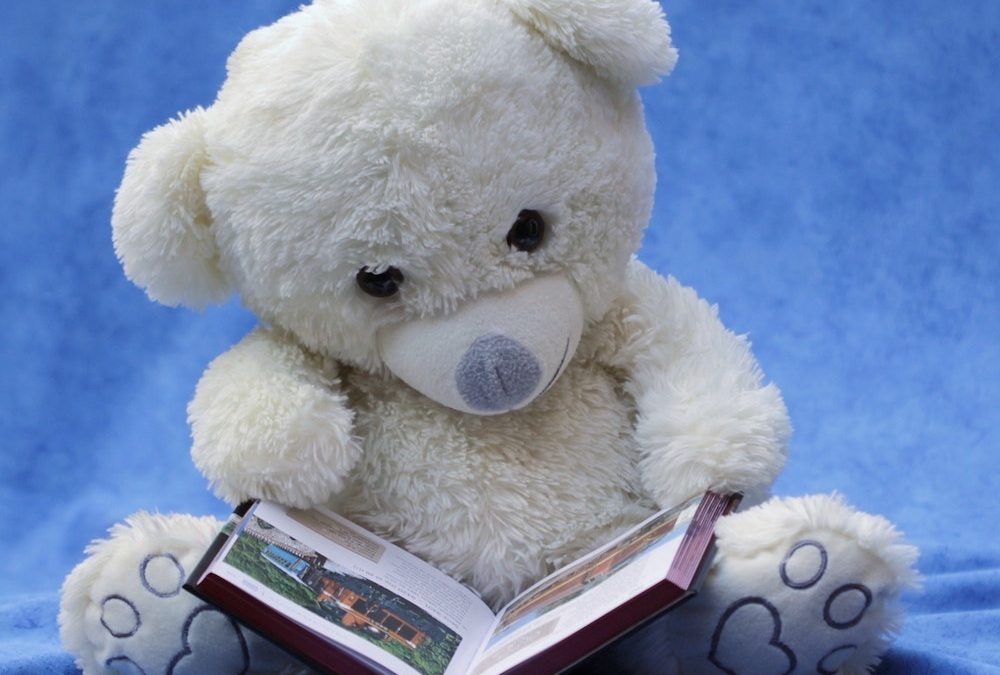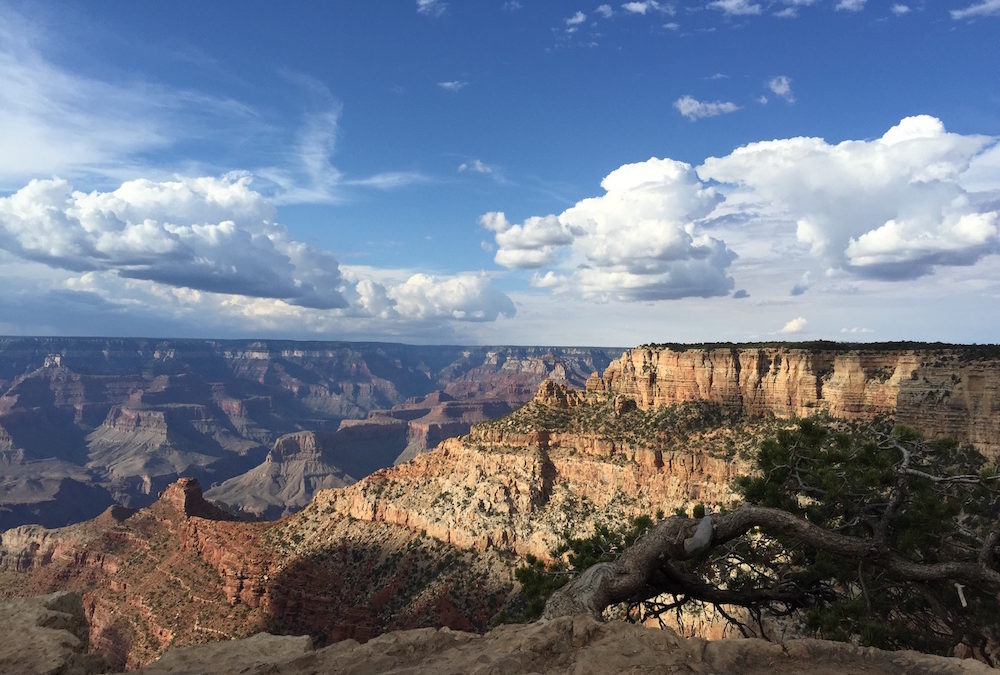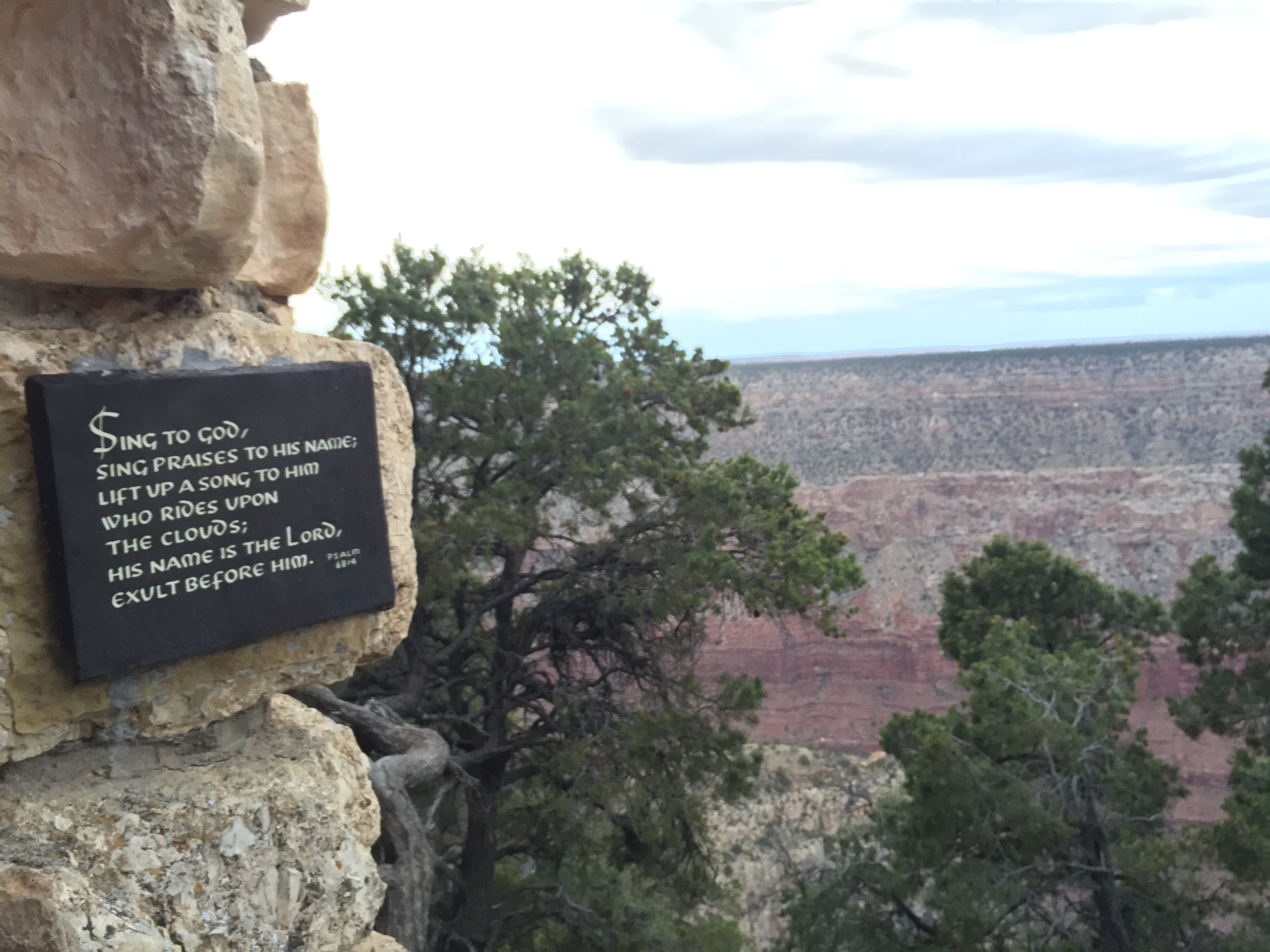
by Brenda Flowers | Mar 5, 2019 | Treasures of the Trade
Teachers,
I hope that we always remember to allot times in our busy weeks to read aloud to our students, or to share meaningful stories with them, even personal testimonies. When I taught, my time reading aloud with my students was never wasted. Also, some of my most precious times was sharing stories from my childhood experiences.
There are many proven benefits from purposefully planned Read-Aloud opportunities. The Read-Aloud Handbook, 7th edition, by Jim Trelease and The Read-Aloud Family: Making Meaningful and Lasting Connections with your Kids by Sarah Mackenzie founder of Read Aloud Revival are two books I highly recommend as resources for discovering the value of reading aloud to children. Also, these guides include lists of age appropriate books and brief summaries to help you quickly select suitable books to read aloud to children, no matter how young or old.
If you are teaching writing skills, picture books are excellent as mentor texts. I mentioned last year, that I had participated in Reforemo. This month, I am participating in Reforemo (Reading for More Research) for the second year in a row. As an aspiring picture book writer, I find this to be a wonderful opportunity for me to discover new mentor texts, plus it is a good way to connect with people in the child literature community. As a teacher, you may benefit greatly from the new Reading List. Here is a link to that list. ( You may want to print this list for future reference.)

On the first of March, we were introduced to recently published picture books which are helpful to use for bibliotherapy. I was introduced to the book, Giraffe Problems by Jory John.

It is a humorous story about a giraffe and turtle who are self-conscious about the size of their necks. Anyone who has ever battled with self image problems could relate to this story.
Teachers, please comment regarding your favorite Read-Aloud Books or Mentor Picture Book Texts. Or you may like to share about a special read aloud experience…how a child or student was impacted.

by Brenda Flowers | May 18, 2018 | Treasures of the Trade
In the summer of 2014, I retired from a 35 year career as an elementary school teacher. My first two years, I taught Prefirst and First grades. My last 33 years, I served as a Special Educator teaching students in several different grades.
One of my greatest pleasures as a teacher was the opportunity to read picture books to my students. I found that students of all ages and various developmental levels could benefit from their experiences with picture books.
One of my goals in retirement is to write picture books. This past year, I have been spending a lot of time reading recently published picture books, researching good mentor texts.
This year, in the month of March, I participated for the first time in ReFoREMo, The Reading for Research Month Challenge. This challenge was started in 2015 by Carrie Charley Brown “to help picture book writers reform writing by reading and researching mentor texts.” Check out reforemo.com to learn more about Carrie and the other contributors to this blog.
During March, I read over 100 picture books and gained valuable information from the blog posts and author comments.
The treasure I am sharing is that by going to this site you may still check out the reading list of the books I read in March. Have fun this summer immersing yourself in these books. Discover new books to share with your students and children.
I’d love to hear from you about your favorite picture books and memories about times you’ve shared these books. It will be fun to add to our treasure chest of great mentor texts.
by Brenda Flowers | Jan 27, 2017 | Treasures of the Trade
I learned the meanings of two new words this week. The words are: plenipotentiary and cogitating. (For fun, see if you can find these words in other blog posts on my Website.)
Since childhood, I’ve been interested in exploring the meanings of words. Yet, I remember having to work hard to do well on vocabulary tests when I was in school.
I’m the type of learner who needs to have a lot of repetition and must use a multi-sensory approach to acquire new vocabulary. Your child may benefit also from a multi-sensory approach, (seeing, hearing, and doing hands-on activities).
As we teach, we have an opportunity to instill a love of reading with fun vocabulary building activities, remembering each child learns differently. It’s important to take into account how each child learns.
Here are some activities to encourage vocabulary acquisition using multi-sensory techniques:
1. Play word games such as I’m “Thinking of a Word.”
Give verbal clues to describe the word. When giving clues, be sure to mention the part of speech to help teach grammar usage. Also, you could say a sentence and then orally give two choices of words to fill in the blank and see if your child can tell which one is correct. (This type of “game” is fun to play while traveling.) Your child could write the word in the air with his pointer finger.
2. Create a word bank using a card file and index cards or using an on-line file.
On the cards, you could write the word neatly and let your child use colored pencils, markers or highlighters to trace over the words. (Certain colors could be chosen to represent the various parts of speech) On the back of the card, your child could draw a simple picture or write a sentence to show understanding. These word cards could be filed behind cards with alphabet tabs. Review cards by letting your child read the words silently and then he can give the clues about the word’s meaning so you can try to guess the word.
3. Play a variation of the game “Pictionary”, using the words your child is learning.
He could use dry markers and a dry mark board to write his answers or to draw the pictures related to the words. A whole class could do this activity.
4. Create crossword puzzles.
(There are also free apps with word games.)
5. Model for your child how you find the meanings of new words using both on-line dictionaries and hard copy dictionaries.
Make it fun by seeing who can find the words the fastest.
6. Allow your primary aged child the opportunity to write his words in a tray spread with shaving cream, using his pointer finger as you call out the word’s meaning.
Or this could be done to practice for spelling tests.
7. Challenge each other to learn a new word each day or week.
Post these new words somewhere in the house or classroom (i.e. On refrigerator for the week; on a designated larger board). Share at one of your mealtimes the words you’ve found and where you discovered the word. Or in the classroom, call on children to share when you’re in line waiting to go to lunch or when there’s some available time.
8. Add the words you’re child discovers and learns on his own to a calendar marked for this special purpose.
Your child will have fun counting the words he/she learns throughout the year.
9. Did you know you can easily find the definition of a word in text on your phone?
All you have to do is press and hold on the word until the “look up” command appears. Your children may enjoy helping you find meanings of words this way.
10. Games such as Balderdash, Scattegories, and Scrabble are great for building vocabulary.
Please let me know which of these activities you try. Share others, too, so we can pass on treasures of the trade.

by Brenda Flowers | Sep 29, 2016 | Treasures of the Trade
Scavenger hunts are a lot of fun to do with your students, especially during the fall season. My students got so excited when they had the extra opportunity to be outside.
When you design the scavenger hunt, you can definitely address the required standards at any grade level. Be sure to pair a stronger reader with the students who might have trouble reading the questions. Guide the stronger readers ahead of time as to how to be a peer assistant.
When I worked as a special education teacher in a 3rd-grade classroom, the general education teacher and I established several questions related to the science curriculum. We were teaching the children observation skills. We worded the questions so the children would use their five senses to find items in nature.
For example:
- Find something that feels rough.
- Look for a red leaf from a deciduous tree.
- Name two items you saw that you can also smell.
- What is a sound you heard while you were outside?
- Name the liquid you drank before coming inside.
If you don’t want them to collect the items, give the children a clipboard and paper to record their responses.
Share your ideas for scavenger hunts in your classroom or outside.

by Brenda Flowers | Aug 25, 2016 | Treasures of the Trade
(This photo was taken this summer at the Grand Canyon National Park).
When I was a special education teacher at a public elementary school, I loved the beginning of the school year! Even though it was a lot of work preparing my classroom and the activities for the first weeks of school, I enjoyed the creative experiences.
One year, I prepared a special bulletin board in one corner of my classroom.
I mounted a map of the United States on the bulletin board with a question for the title, “Where Did You Go this Summer?” This was an interactive bulletin board. Students added photos, hand drawn pictures and simple labels of places they had visited during the summer.
I used the map and a nearby compass rose to help the children locate their vacation sites and other famous sites on the map. We learned how to use reference books such as an atlas and encyclopedia.
I made a game with question cards so the children could interact with each other and the posted map. The children practiced their reading, expressive language and map skills as they took turns reading aloud the questions and answering them.
They also practiced asking and answering questions as they created riddles about places we had marked on the map. My students, who couldn’t talk and had mobility difficulties, could be helped to touch places on the map locating important locations like their home state.
The children also had opportunities to write about their vacations or about a favorite place in America in their writing journal. My students, who couldn’t write, drew pictures or pasted magazine pictures, printed pictures, or personal photos. My students had opportunities to choose activities using various art supplies.
The children who couldn’t write or talk also brought photos to share. I communicated with the parents ahead of time so the children would be prepared to share. This communication was intentional to help include all of my students. Creative preplanning was key to involve all the students in the activities.
Since August 25, 2016, is the 100th Anniversary of the National Park Service, a lot of basic skills could be taught around this theme. You could adapt the above activities around this theme.
My sister, Polly, who taught summer school in North Carolina and who is entering her thirtieth year of teaching recently shared how her team had planned summer school activities around this theme. Maybe she’ll post some of the activities which kept the children engaged.
Teachers, let’s use this blog to share treasures of the trade. I look forward to hearing from you.

by Brenda Flowers | Jul 22, 2016 | Treasures of the Trade
I have seen the Grand Canyon three times in my lifetime. Each time, I have been awed by its beauty.
This month, I am posting some of the pictures from my recent trip out west.
What a magnificent landform!
If you teach landforms to your students, you may share these pictures to show some of the landforms which can be seen along Route 66.
The following pictures were taken at the Grand Canyon National Park in Arizona. For other pictures along Route 66 view My Kicks on Route 66.



















